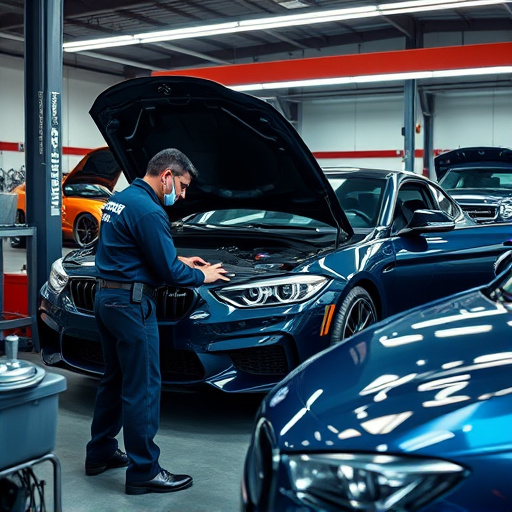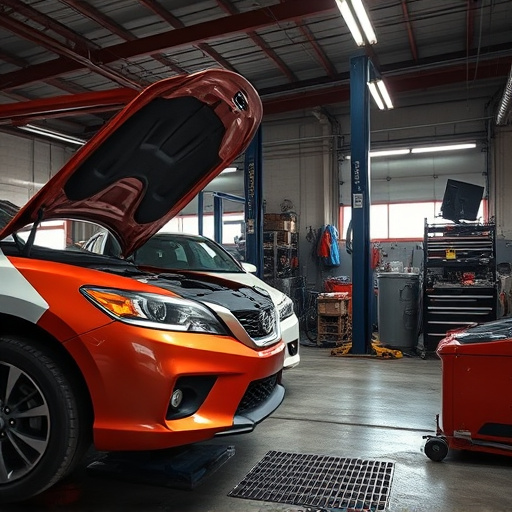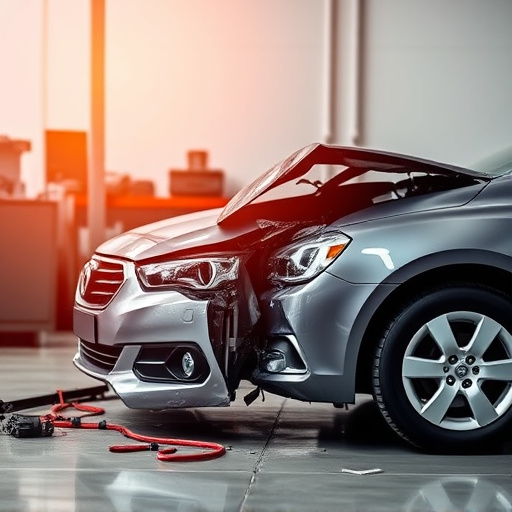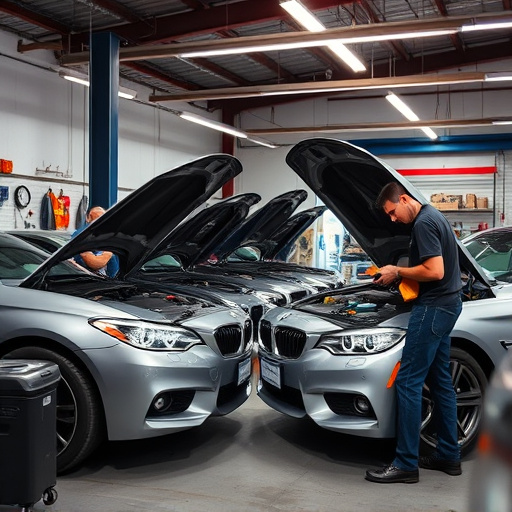The Tesla 12V system's vulnerabilities include battery, alternator, and electrical connection issues leading to headaches like dim headlights and starting difficulties. Repairs demand meticulous inspection, precise tools (multimetres, connectors, fuses), compatible parts, and records for tracking progress. Regular maintenance prevents breakdowns, simplifying repairs for modern Teslas and classic car restorations.
“Tesla 12V System Repair: Unlocking Reliable Performance
Maintaining your Tesla’s electrical system is vital for optimal vehicle functionality. This article guides you through the intricacies of repairing common 12V system failures in Teslas, offering a comprehensive overview for technicians and enthusiasts alike. From identifying issues to suggesting essential tools and parts, we explore practical troubleshooting tips.
Learn about the frequently encountered 12V problems, discover the necessary repair kit, and gain insights from experienced technicians to ensure your Tesla’s electrical system operates smoothly.”
- Common 12V System Failures in Tesla Vehicles
- Tools and Parts Essential for Repair
- Troubleshooting Tips from Experienced Technicians
Common 12V System Failures in Tesla Vehicles

In Tesla vehicles, the 12V system is a critical component that can falter over time due to various factors. Common failures include issues with the battery, alternator, and electrical connections. A failing battery may present itself through a dimming headlight or difficulty in starting the vehicle. These problems are often indicative of corrosion on terminals or an underperforming battery capacity. The alternator, responsible for charging the 12V system while the engine is running, can suffer from internal wear or external damage, leading to reduced charging efficiency. Moreover, loose or damaged electrical connections within the system may cause intermittent power issues, such as random instrument cluster malfunctions or slow-to-respond accessories.
When addressing Tesla 12V system repair, technicians recommend a thorough inspection to identify the root cause of the failure. This process involves checking battery health, testing the alternator’s functionality, and inspecting all electrical connections for signs of damage or corrosion. Unlike minor issues like a car dent removal or vehicle dent repair at a collision center, which can be addressed quickly, 12V system repairs require precision and specialized knowledge to ensure proper functioning and safety.
Tools and Parts Essential for Repair

When tackling a Tesla 12V system repair, technicians emphasize the importance of having the right tools and parts on hand. Essential items include multimetres for precise voltage readings, wire strippers and crimpers for safe connections, and various connectors and fuses specific to Tesla models. For more intricate repairs, a diagnostic scanner can be invaluable in identifying issues within the 12V system.
Beyond these fundamentals, having access to replacement parts tailored for Tesla vehicles is crucial. This might involve acquiring new batteries, alternators, or fuse boxes, ensuring compatibility and optimal performance. Some technicians also recommend keeping basic vehicle paint repair tools handy, as minor scratches or damage to external components can impact the overall aesthetic of the vehicle, much like in Mercedes Benz repairs.
Troubleshooting Tips from Experienced Technicians
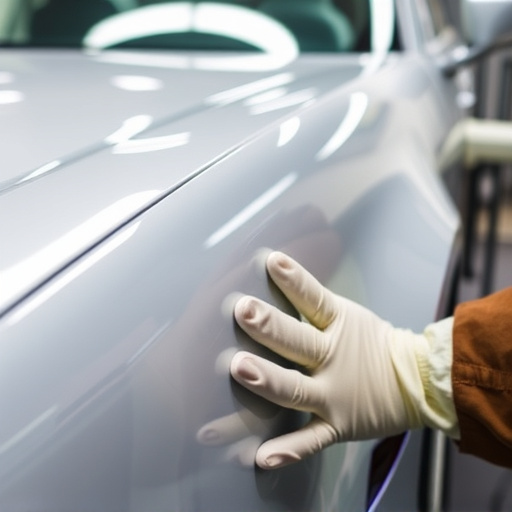
Experienced technicians share their troubleshooting tips for Tesla 12V system repair, emphasizing the importance of a systematic approach. They recommend starting with a thorough inspection to identify any visible signs of damage or loose connections. Checking power sources and fuses is crucial; even a minor glitch in these components can disrupt the entire 12V system. Using advanced diagnostic tools can aid in pinpointing issues, especially when combined with careful observation of electrical systems.
In many cases, simple solutions like replacing faulty batteries or re-soldered wires can resolve common problems. Technicians also suggest keeping detailed records during the repair process, which not only aids in tracking progress but also facilitates future reference for similar issues. Regular maintenance and prompt attention to warning signs can prevent major breakdowns, making it easier to tackle repairs, whether it’s for a modern Tesla or a classic car restoration requiring body shop services.
When it comes to repairing a Tesla’s 12V system, having the right knowledge and tools is crucial. By understanding common failures, essential parts, and troubleshooting tips from experienced technicians, you’ll be better equipped to tackle these repairs efficiently. Remember, prompt action on basic issues can save time and money, ensuring your Tesla remains in optimal condition. For more complex scenarios, don’t hesitate to consult professionals who specialize in Tesla 12V system repair.

